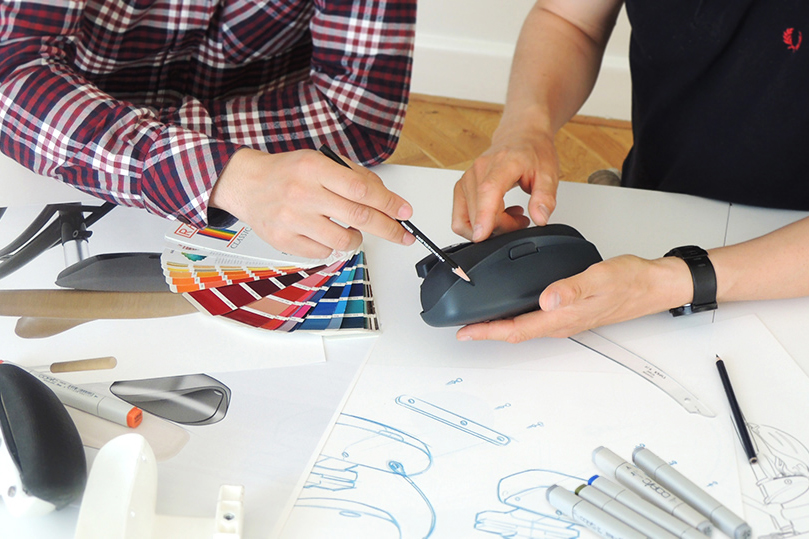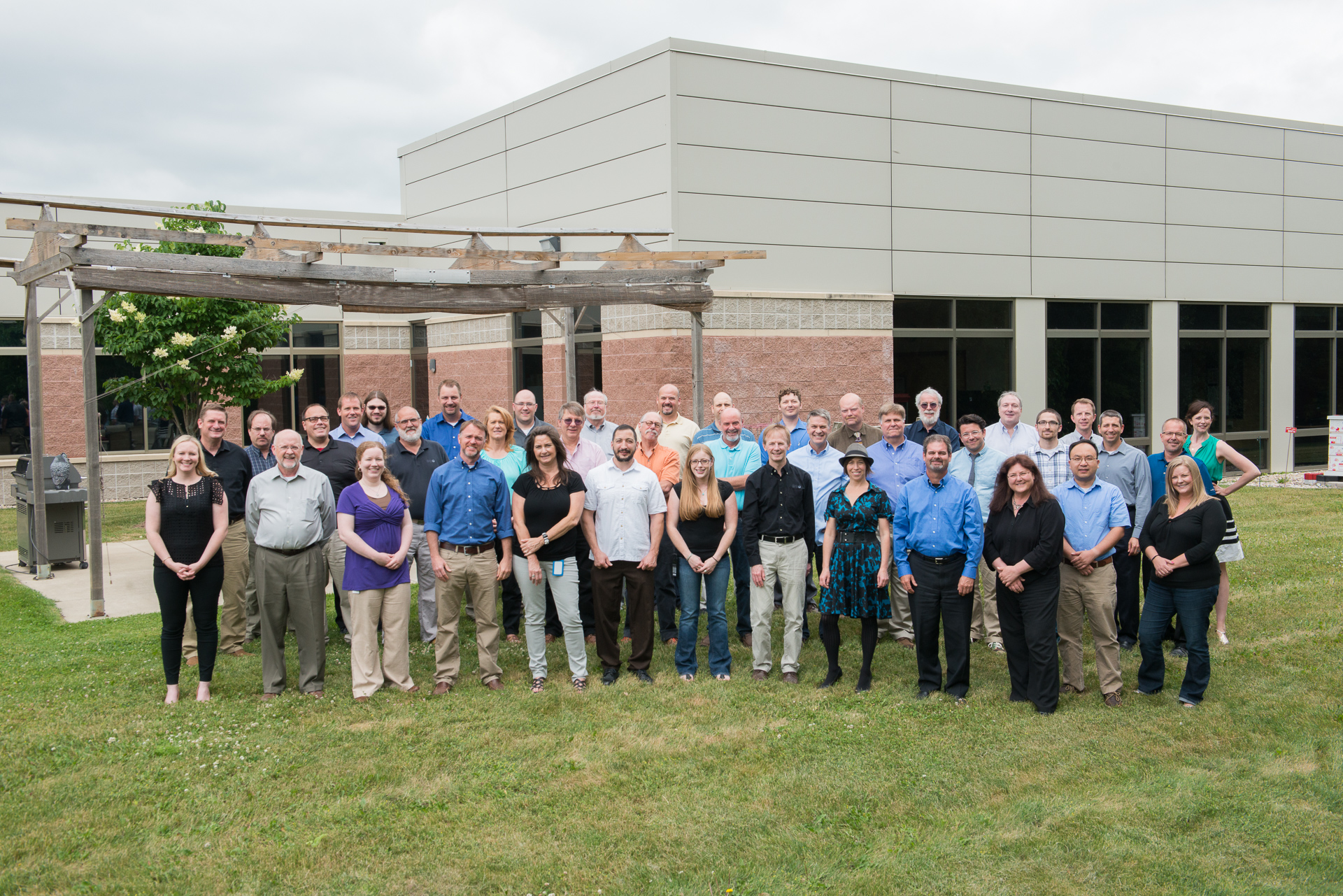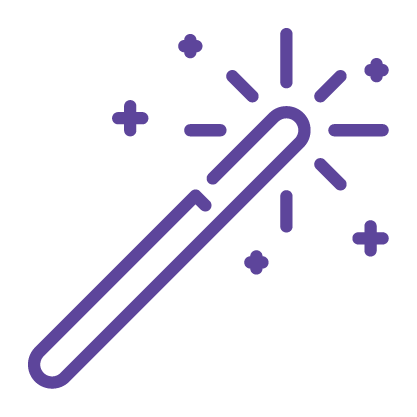
Three Fairy Tales Design Firms Will Tell You
Hundreds of organizations claim to be full-service product development firms. In reality, few have the capability to deliver on that promise. Here’s how to know the difference.

Companies in the design business run the gamut from large, integrated firms with dozens of designers to firms that consist of one person working out of their garage. Though many of these firms are, of course, capable of doing good work, often their expertise is confined to one or two components of the product development process. The problem occurs when design firms accept jobs that require skillsets beyond what they internally possess. Many small, “shallow” firms will often work with a network of freelance, transient technicians to gain the competencies they need to try to complete the project.
When a design firm makes the following statements (potential fairy tale alert!) you are well-served to ask some of these questions to help separate truth from fanciful marketing.
“We have all the competencies and technical know-how to complete this project.”
Does this mean that all necessary skills are in-house, under one roof, or are they acquired via a freelance arrangement with temporary contractors?
What happens downstream if there is a problem with the design?
Who is making the critical technical decisions on a daily basis?
A year from now, will we be able to talk with everyone who was involved with this project?
What percentage of the projects your firm has worked on are actually in the market as you designed it?
“We have a great deal of experience in full product design.”
How many design projects like this have you completed?
Have you done the entire design or just a small part of it?
How many patents have been granted through your firm’s efforts?
How many engineers/scientists/designers are currently working on your staff?
How many years of experience, on average, does your team have?
Who on your staff has manufacturing experience?
“We bring a component of art into our design philosophy.”
Do you have the skills and competencies to ensure that your deliverables will fulfill our expectations?
Do you have the skills and competencies to ensure that the product will be functional, operative and manufacturable as well as artistically designed?
Many claim to be full-service, but very few are truly “deep firms.” When you work with a deep firm, you are getting product development muscle.

Do you have the skills and competencies to ensure that the product will be functional, operative and manufacturable as well as artistically designed?
Look for three important capabilities from your product development partner:
• Innovation – Helping you achieve the “Eureka” moment.
• Speed to Market – Getting your product into the end users’ hands days, weeks, or months earlier than planned has profound impact on your results.
• Additional Resources – Augmenting your organization’s capabilities by providing spot-on expertise and execution.

Shameless plug: when you work with bb7, you are getting product development muscle.
The advantages of combining all relevant skillsets in one organization are far-reaching. Communication is enhanced, ideas flow clearly and quickly, roadblocks to innovation are knocked down and synergies are created. When seeking a product development partner, look for a comprehensive and integrated approach for proven, demonstrable return on investment (ROI).
